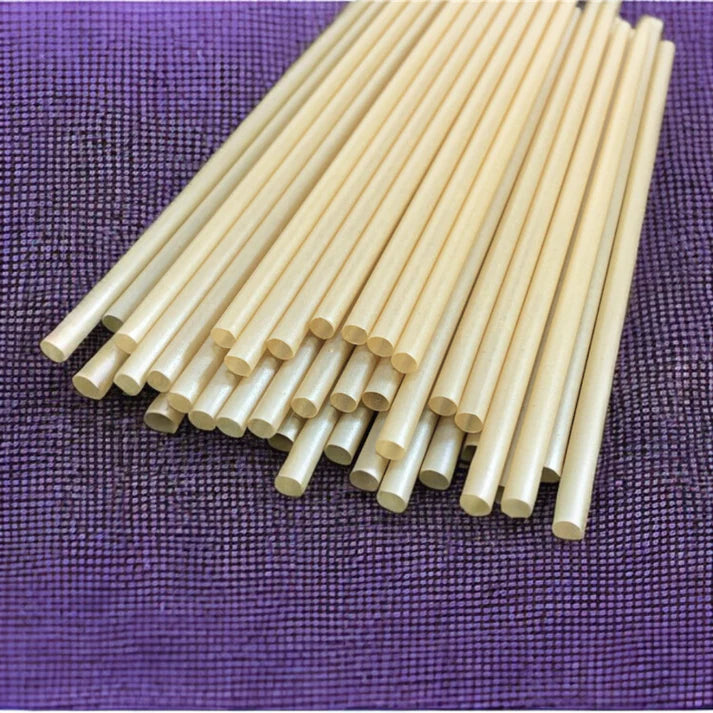Introduction:
In recent years, there has been a growing global concern about the environmental impact of single-use plastic products, particularly plastic straws. As a result, there has been a surge in the development and adoption of eco-friendly alternatives. One such innovative solution gaining momentum is the sugarcane biodegradable drinking straw. In this blog, we'll explore the environmental issues associated with traditional plastic straws, the emergence of sugarcane-based alternatives, and the promising future they hold for sustainable sipping.
The Problem with Plastic Straws:
Plastic straws have become a symbol of our throwaway culture, contributing significantly to environmental pollution. These lightweight and seemingly insignificant items pose a severe threat to marine life, as they often end up in oceans and waterways. The durability of plastic means that it takes centuries to break down, resulting in persistent environmental harm.
In response to the environmental crisis, there has been a global push to reduce single-use plastics, with a particular focus on straws. Governments, businesses, and consumers alike are seeking sustainable alternatives to minimize their ecological footprint.
The Rise of Sugarcane Biodegradable Straws:
Sugarcane biodegradable drinking straws have emerged as a promising solution to the plastic straw predicament. These straws are made from bagasse, a fibrous byproduct of sugarcane processing. Bagasse is a renewable resource that would otherwise be discarded, making sugarcane straws an eco-friendly choice.
The Production Process:
The production of sugarcane biodegradable straws involves a relatively simple and environmentally friendly process. After sugarcane is harvested and processed for sugar production, the leftover fibrous material, bagasse, is collected. This bagasse is then transformed into straws through a process that includes pulping, molding, and drying. The result is a sturdy and biodegradable alternative to traditional plastic straws.
Biodegradability and Compostability:
One of the key advantages of sugarcane biodegradable straws is their ability to break down naturally in the environment. Unlike traditional plastic straws, which can linger for centuries, sugarcane straws decompose within a matter of weeks or months. They can be disposed of in compost bins, where they will return to the soil without leaving harmful residues.
Benefits of Sugarcane Biodegradable Straws:
- Renewable Resource: Sugarcane is a rapidly renewable resource, making it a sustainable choice for straw production.
- Reduced Carbon Footprint: The production of sugarcane straws typically results in a lower carbon footprint compared to traditional plastic straws, contributing to overall environmental sustainability.
- Biodegradability: Sugarcane straws naturally decompose, reducing the long-term environmental impact associated with plastic pollution.
- Support for Agriculture: The use of sugarcane byproducts supports the agriculture industry by utilizing a material that would otherwise go to waste.
Conclusion:
As the world strives to tackle the plastic pollution crisis, the adoption of sugarcane biodegradable drinking straws represents a positive step toward sustainability. By choosing these eco-friendly alternatives, consumers, businesses, and governments can collectively contribute to a cleaner and healthier planet. As the demand for environmentally conscious products continues to rise, sugarcane straws may play a crucial role in reshaping the way we sip our drinks, offering a sweet solution to a bitter environmental problem.

